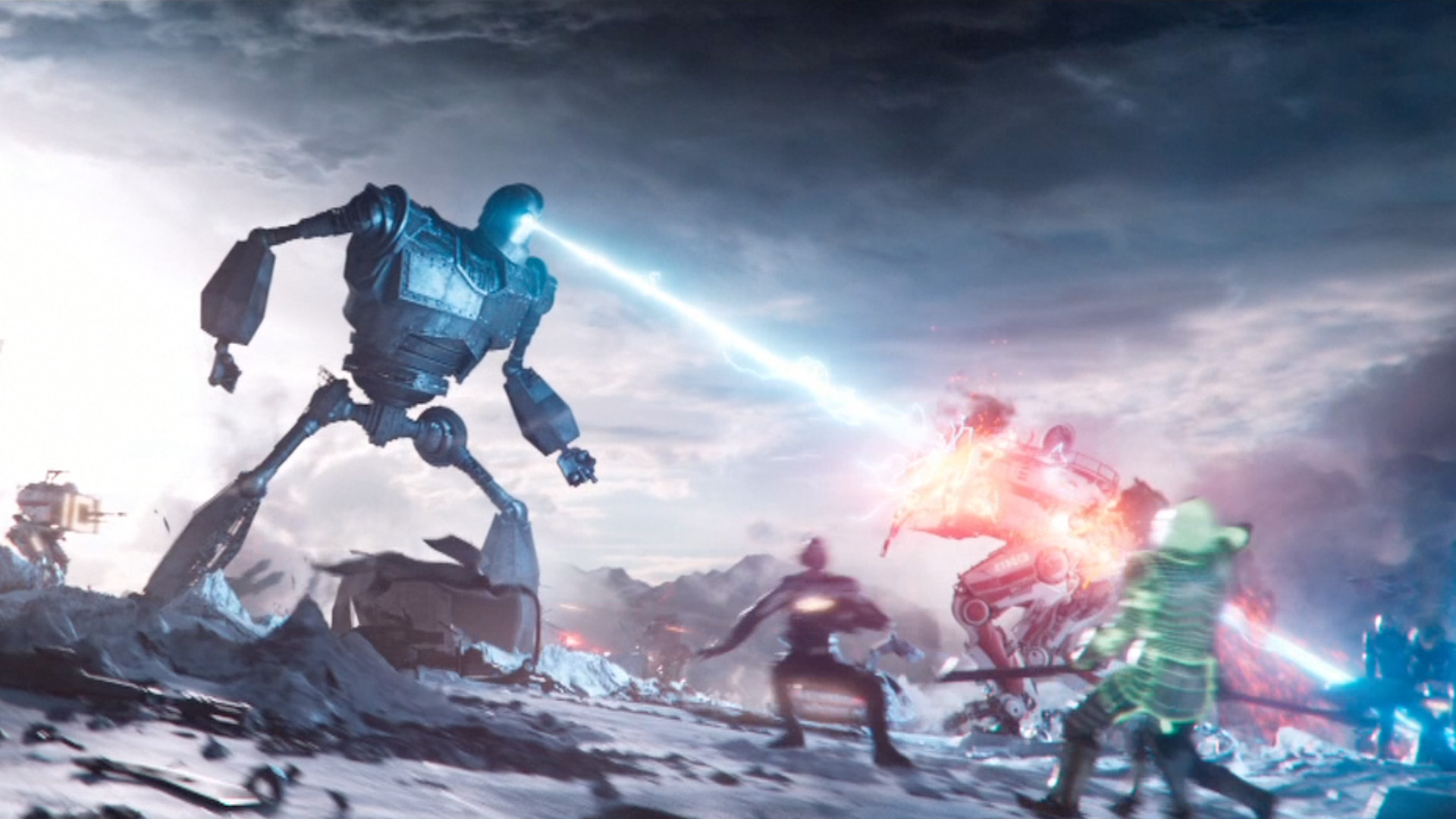Consider the films that have legitimately altered the way you experience reality. For example, Jaws conditioned me to reflect on (and maybe even be a little afraid of) the unseen—especially if it’s underwater. E.T. translated the painful nuances of what it means to say, “goodbye.” If it rains during the summer and I’m anywhere in nature, I feel like I’m in Jurassic Park. Steven Spielberg’s filmography likely has this effect on a lot of people.
His stellar track record, though, makes it more apparent when a new film falls short of its more impactful predecessors. Ready Player One, Mr. Spielberg’s latest directorial effort, serves as an energetic reminder that there is an abstract, amorphous element missing from some of his films, one that prevents them from achieving that reality-altering power. It begs the question, where is Steven Spielberg?
The answer starts with a story about an elusive, intangible genius whose creative vision is so powerful that it generates a whole new interpretation of reality. In Ready Player One, which Spielberg adapted from the Ernest Cline novel by the same name, that genius’s name is James Halliday (played by the always-graceful Mark Rylance). Halliday is the quietly eccentric and brilliant mind behind the OASIS, a video game and virtual reality simulator that permeates the lives of those living in the near-dystopic world of 2044.
With mounting global energy crises and severe overpopulation, that world is in need of a mind like Halliday’s. It’s no wonder why people choose to escape into the OASIS, a place where one can not only play games but also can attend an affordable school without worrying about bullies, use a currency that is more stable than the dollar, and, as it becomes apparent early in the film, obtain near-infinite riches.
You see, the OASIS made Halliday rich beyond belief. When he dies, his interactive last will and testament materialize to tell the public that he hid an Easter egg somewhere in the OASIS. The first person to find the Easter egg inherits the company behind the OASIS, and Halliday’s entire fortune. This prospect makes the OASIS both reality and fantasy for Wade Watts (Tye Sheridan), a poor teenager dreaming of a better life. When he discovers the first of three keys that lead to the egg, Watts and his good-guy friends must face off against the malevolent corporate executive, Nolan Sorrento (Ben Mendelsohn) to be the first to acquire the egg.
Along the way, they traverse the labyrinthine reality that Halliday built with the OASIS, one filled with pop-culture references (mostly video games, movies, and music) from during and around the 1980s. Spielberg’s main selling point (and perhaps what will be most talked about) is the constant flood of references. Nearly every frame contains some recognizable nugget. Though they press all the right nostalgia buttons, the relentless pace at which the references stream by often feels arbitrary and gratuitous. A simultaneous nod to both Alien and Mortal Kombat is undeniably fun, but without a legitimate narrative purpose, this and countless other moments fail to grow beyond their role as brief attention-grabbers. Spielberg goes all in here, but skirting discretion leaves something missing.
As do other elements. The book describes Wade Watts as out-of-shape and acne-riddled. His cinematic counterpart is far more fit and good-looking, which often nullifies Wade’s appeal as a hopeless nerd. In his awkwardness, Wade develops a crush on Art3mis, a like-minded “gunter” (egg hunter) with a beautiful OASIS avatar. A significant emotional punch hinges on when Art3mis confesses that in real life she doesn’t resemble her avatar. Intriguing tension percolates when Wade then doubles down on his profession of love, but the tension evaporates when we finally do meet Ar3mis’s real-life persona, Samantha (Olivia Cooke). Samantha has a large birthmark on her face, which appears to be the source of her shame, but, really, it does absolutely nothing to obscure the fact that the real young woman is, in her own ways, just as compelling and attractive as her avatar. There is no longer any romantic conflict for Wade; his fantasy comes true too easily. Here, too, something is missing.
The references and the character issues are just two examples among several in Ready Player One, but both serve to highlight that same feeling that something is absent. It’s that which prompts the question, “where is Steven Spielberg?”
There are always two Steven Spielberg’s at work: “Inspired Spielberg,” and one that “goes through the motions.” The best of his films contain the highest concentrations of Inspired Spielberg. It’s in that zone that he delivers entirely new worlds with an infusion of wonder, nostalgia, and irresistible sentimentality. Inspired Spielberg makes creative use of whatever genre he’s dealt. His technical mastery generates unexpected sequences that somehow make familiar moments feel new and special. He has a preternatural awareness of the visual medium, and every shot is a composition of interrelated stories. Inspired Spielberg communicates powerful emotions in elegant and novel ways. That sort of spark is missing from his more forgettable titles. The weaker films are defined not by acts of poor filmmaking, but by their absence of great filmmaking.
One of the more inspired aspects of Ready Player One lies in Spielberg’s deft painting of the OASIS’s landscape and its seemingly infinite facets. The characters travel seamlessly between different universes, and the filmmaker’s design and editing shift with effortless grace, in setting and in tone, between worlds both real and imagined. At the film’s best, at his most inspired, Spielberg’s knack for constructing absorbing realities is on full display.
Inspired Spielberg is his own version of James Halliday. Like Halliday with Wade in Ready Player One, Inspired Spielberg offers viewers a universe in which one can wonder, imagine and hope, and the opportunity to see the world in a new, more helpful way. It can be frustrating when Inspired Spielberg isn’t fully there. It is frustrating when any movie doesn’t live up to ideal expectations. But that shouldn’t deter us from coming back, the same way Wade keeps coming back to the OASIS. If Wade puts on virtual reality glasses, then the rest of us go to the movies. If Inspired Spielberg is like James Halliday, then movies are our OASIS.





